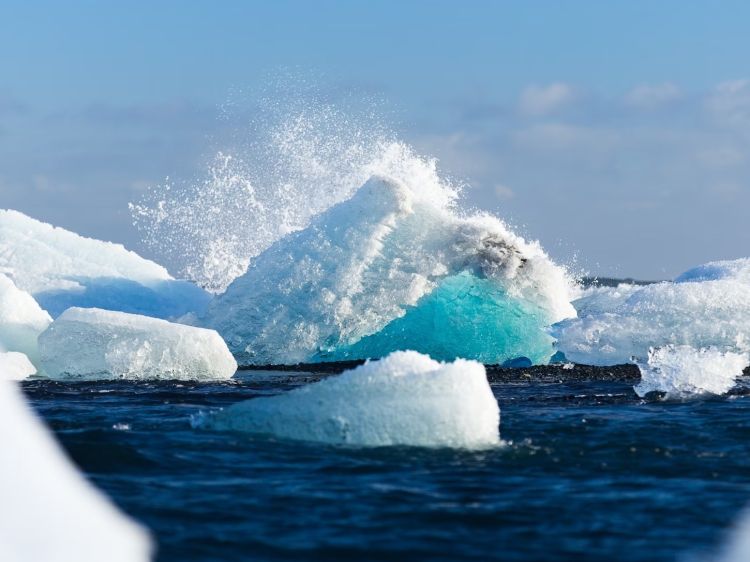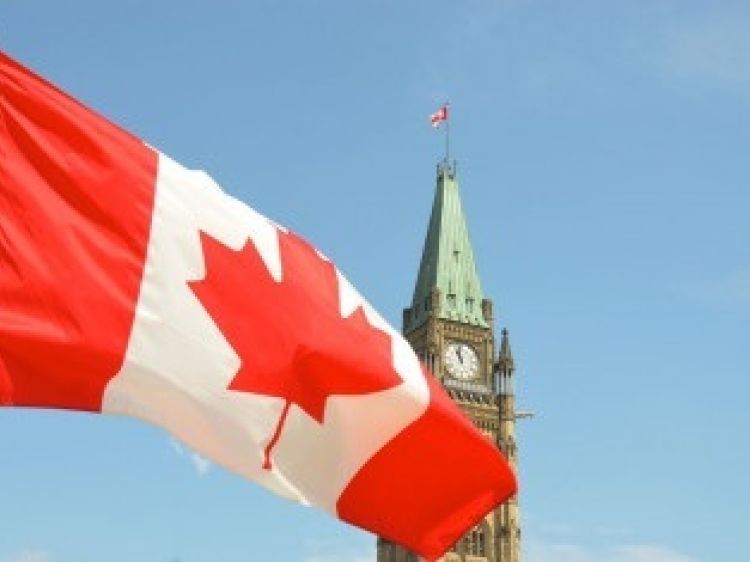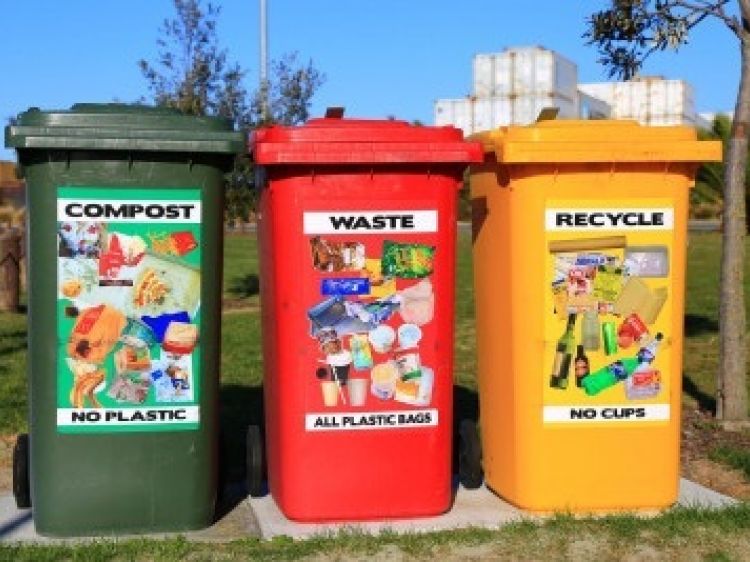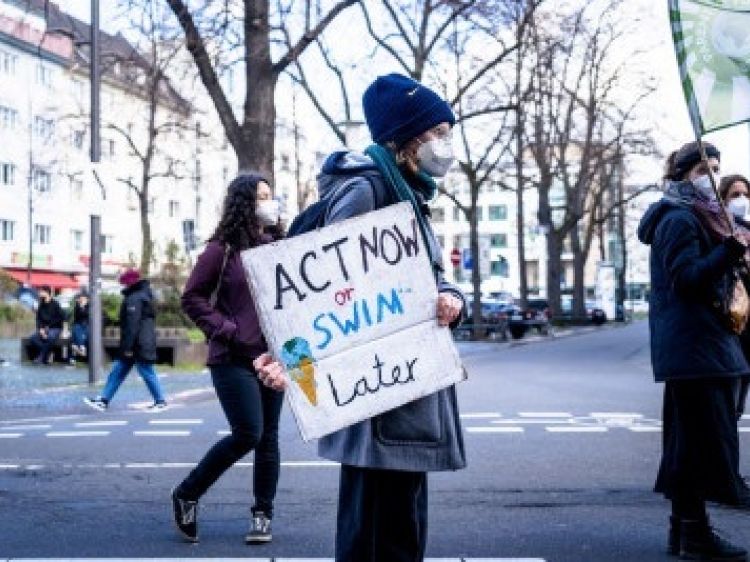Plastics in Our Oceans
["Learn about the production of macro and microplastic","and how it ends up in our environments. Explore the negative impacts of plastic in our water bodies","particularly our oceans."]
What is Your Plastic Consumption Footprint?
Learners will monitor their plastic waste on a weekly basis for a semester and take actions to reduce their plastic footprint.
Policy Action: Circular Economy for Plastics
Learn how policy can help the transition to a circular economy by looking at various circular economy policies around the world.
Plastic Waste to Energy
Learners will learn about chemical conversion of plastic waste into energy. Learners will research the benefits and challenges of converting waste into energy through Edmonton’s Waste Management Centre and their local waste management centre.
Plastic Waste to Consumer Goods
["Explore ways in which plastic waste can be repurposed to create consumer goods by completing a make-remake activity (i.e.","a design challenge to make something new out of recycled plastic)."]
Plastic Waste Management in Canada
Learn about plastic management and diversion in Canada then explore what our local municipalities are doing to address plastic pollution.
Circular Economy, Sustainability and Climate Action
Learn about the United Nations’ Sustainable Development Goals and explore how a circular economy for plastics aligns with the climate action goals of a country.
Reimagining Economy Using Biomimicry
Learn about biomimicry and how it can be used to design better products and systems to eliminate plastic waste.
Building a Low Carbon Future: The Need for Collective Action
Learners will explore and understand the concept of ‘the commons’, and how greenhouse gas emissions are a ‘tragedy of the commons’ and explore the concept of Climate Justice.
Climate Change Policy Simulator Activity
Students will learn that there are no clear and easy policy answers- there are no policies that meet all potential criteria for ‘good’ climate change policy. Students will learn to think critically about climate policy options when they read about them in the media, and when presented by governments and stakeholders as preferred policy solutions.














